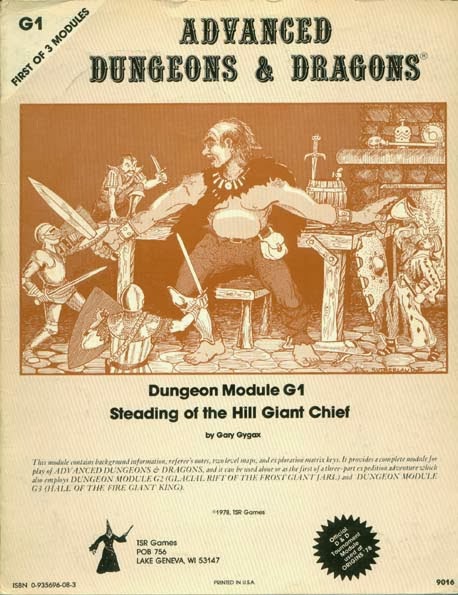 |
| page one, slightly damaged/aged |
The next step for TTG back then in the mid-70's was the Micro Warfare Series, known as the Series 2 games, and if what Bob had done with the Series 1 games was strip the flab from American board games of the period, what he tried to do with the Micro Series games, was in a way even more radical.
Mirco Warfare Series games, Ancient Mediaeval, Napoleonic, Colonial, three Naval games (Napoleonic, WW1 and WW2) as well as a Sci-fi ground warfare game, reduced everything from the traditional wargame, the rules, the playing pieces, the terrain, everything, to the barest minimum necessary for play, turning expensive and difficult to find miniatures and terrain into card counters, and giving you everything necessary to play in an 16 page A5 booklet, with record sheets, and cut-out and keep counters, in a sleeve in the dust jacket.
Once again the rules were all Bob's, although I bet the Nottingham club had helped with the play testing, and Roger Heaton supplied the art work, and both still stand up to closer inspection. Bob had a knack for writing just enough detail into the rules to enable fun, flowing play, and Roger does wonders with 70's-printed black and white line drawings, character and action in such a small production can't have been easy...
I don't know whether Bob would thank me for saying this, or even acknowledge the existence of the word, but what he was doing, and continued to do all his working life, was democratize gaming. He was a great believer in trying to get everyone playing games, and this is what the Series 2 games did best. The rules were pocket money prices, £1 each, and extra armies even less... you could have bought all 5 extra Napoleonic armies for less than a couple of quid... and the games themselves were pocket sized... micro even... no need for huge table, or massive amounts of toy soldiers. Everyone could play.
Which brings me to a point of contention, whilst I was looking at the Wikipedia page for Micro Games I read that...
...but TTG's Mirco Series pre-dates this release by a couple of years, and it is possible that they would have been on sale, and known to American gamers before 1977 and the Metagaming release, making TableTop Games the first to introduce the word Micro into gaming...Mirco Warfare Series games, Ancient Mediaeval, Napoleonic, Colonial, three Naval games (Napoleonic, WW1 and WW2) as well as a Sci-fi ground warfare game, reduced everything from the traditional wargame, the rules, the playing pieces, the terrain, everything, to the barest minimum necessary for play, turning expensive and difficult to find miniatures and terrain into card counters, and giving you everything necessary to play in an 16 page A5 booklet, with record sheets, and cut-out and keep counters, in a sleeve in the dust jacket.
Once again the rules were all Bob's, although I bet the Nottingham club had helped with the play testing, and Roger Heaton supplied the art work, and both still stand up to closer inspection. Bob had a knack for writing just enough detail into the rules to enable fun, flowing play, and Roger does wonders with 70's-printed black and white line drawings, character and action in such a small production can't have been easy...
I don't know whether Bob would thank me for saying this, or even acknowledge the existence of the word, but what he was doing, and continued to do all his working life, was democratize gaming. He was a great believer in trying to get everyone playing games, and this is what the Series 2 games did best. The rules were pocket money prices, £1 each, and extra armies even less... you could have bought all 5 extra Napoleonic armies for less than a couple of quid... and the games themselves were pocket sized... micro even... no need for huge table, or massive amounts of toy soldiers. Everyone could play.
Which brings me to a point of contention, whilst I was looking at the Wikipedia page for Micro Games I read that...
 |
| French and British Napoleonic ready for play |
So I'm off to edit the Wikipedia, and when I get back, I'll finish off with the 1983 stuff that I mentioned above, and then onto 1984...















